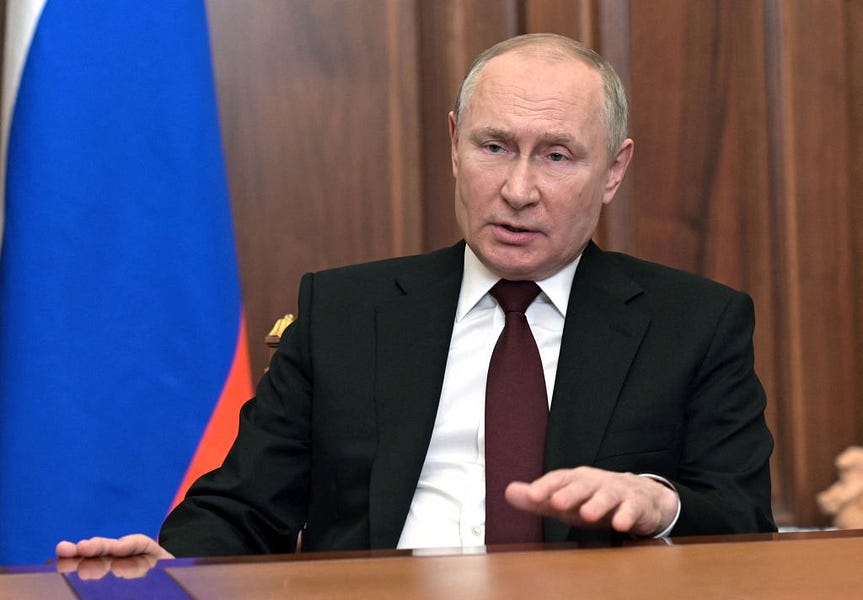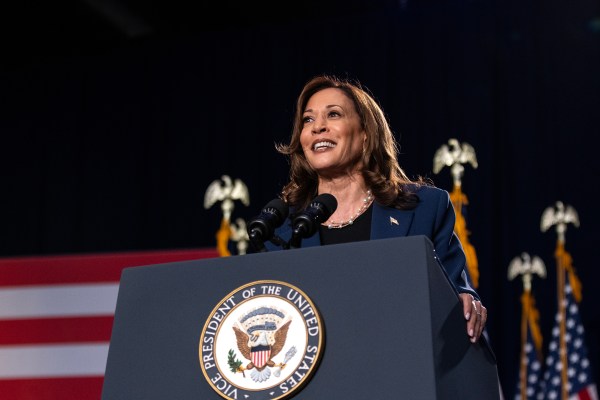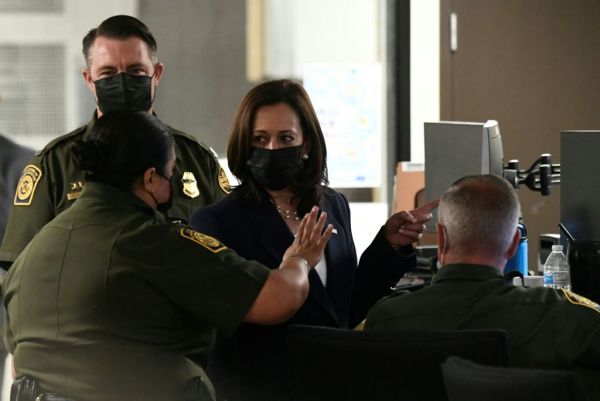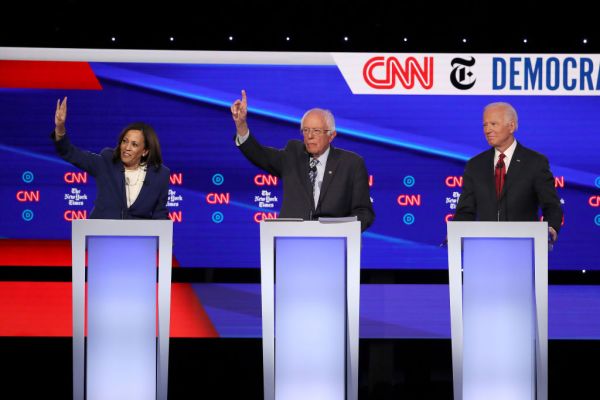Russian troops entered eastern Ukraine on Monday, but the war started in 2014 when Russia invaded and annexed the Crimean Peninsula. For the past eight years, a low-grade war has simmered in Ukraine’s eastern provinces, Donetsk and Luhansk, which border Russia. Russian-backed rebels have proclaimed their independence from Ukraine and the formation of two “people’s republics.” The war has killed some 10,000 people and displaced more than 1 million Ukrainians. As Western media breathlessly announces the “start” of the war in Ukraine, Ukrainians might respond, welcome to the party, pal.
In 2012 I argued that, despite the end of the Cold War, the United States should still see Russia as a hostile great power. I cited the 2008 invasion of Georgia, said that we should “look for the sequel in Ukraine,” and argued that Putin would be happy to let a foreign crisis spiral dangerously to win nationalist plaudits at home. In 2016, I highlighted that “US and Russian interests clash most clearly in Eastern Europe—especially the Baltics and Ukraine.” Later that year I imagined a scenario in which Putin provokes a militarized crisis in Eastern Europe (I suggested Latvia) to test whether NATO was still a meaningful alliance or not.
Nor was I alone. It was not terribly hard, especially after 2014, to understand where all this was going. Putin has been pretty clear about what he wants, and anyone paying attention could see, if not the exact location and timing, at least the outlines of how Putin was likely to play his hand.
Which makes it all the more frustrating to review the history of American and European responses to Russia over the past decade. President Barack Obama mocked Mitt Romney during the 2012 campaign for saying Russia was our principal geopolitical foe. “The 1980s called and want their foreign policy back,” he said. I’m sure his speechwriters congratulated themselves for such a quippy line. In fact, compared to what we have gotten, I’d be delighted to have some 1980s foreign policy.
Anne Applebaum, among the best and most knowledgeable writers on Russia and Eastern Europe, gets at the heart of the problem:
Tragically, the Western leaders and diplomats who are right now trying to stave off a Russian invasion of Ukraine still think they live in a world where rules matter, where diplomatic protocol is useful, where polite speech is valued. All of them think that when they go to Russia, they are talking to people whose minds can be changed by argument or debate. … In fact, when talking to the new breed of autocrats, whether in Russia, China, Venezuela, or Iran, we are now dealing with something very different: people who aren’t interested in treaties and documents, people who only respect hard power.
The same could be said of the U.S.-China relationship. But this kind of rhetoric makes some people uncomfortable, because this is a “Cold War” mentality. Critics worry that merely to adopt this attitude is to help create the problem it is designed to confront. If we treat Russia and China as rivals or enemies, they will, by virtue of our hostility, become our rivals and enemies. Critics suggest that we should instead continue acting like treaties and norms matter in the hope that if we try hard enough, we can bring into being a world where treaties and norms matter.
This isn’t as fully ridiculous as it sounds: Our actions do help fashion and refashion the world we live in, and we did help bring about more cooperation within the free world since the end of World War II. But we did so only among democratic states that accepted a common premise: that human dignity mattered, cooperation was possible, and both tyranny and aggression were beneath us. And we did so by violently, forcibly defeating the tyrants and aggressors who threatened that premise.
The problem is that we are not the only agents whose actions shape the world. The other great powers get a vote, and the authoritarian great powers never accepted the democratic premise. They continue to operate in a different kind of world. Vladimir Putin is not “irrational” when he threatens to invade Ukraine. He is operating in a fashion perfectly consistent with the rationality of an authoritarian who cares nothing for norms, rules, international law, or human dignity. The same is true of Xi Jinping.
As Robert Kagan warned three years ago, the strongmen of the world are striking back. Two visions of the world are on a collision course: that of the free world, and that of the authoritarians. This conflict is the principle line of division in the world today—more important the any clash of civilizations, than the fight against terrorism, than economic competition.
We cannot wish this conflict away unless we simply give up our vision of the world and let the authoritarians have their way. That is another way of saying we do not have to fight if we choose to surrender. So long as we believe that human dignity, freedom, and sovereignty matter, we have no choice but to acknowledge the reality that there are powerful, well-armed states who do not share our vision of the world and have no qualms about throwing their weight around.
It is an irony that academic “realists” are the ones most eager to suggest that we can and should find some modus vivendi with Russia in Ukraine by acknowledging its “legitimate” security concerns. While we may be able to create a short-term, tactical détente in isolated crises, there is something profoundly unrealistic in the assumption that there is any long-term peaceful coexistence with states that seek imperial sway over their neighbors—to say nothing of the unreality of treating Russia’s extraterritorial claims as legitimate.
This isn’t a pleasant world. It is a far cry from the hopeful triumphalism of the 1990s and the confident interventions of the early aughts. I think of my students, many of whom equate public service with global humanitarianism. They want to alleviate suffering, fight sex trafficking, improve access to clean water, and feed the hungry. I admire their idealism, and I fear they do not understand the prerequisites that make humanitarianism possible. Helping the downtrodden is only possible in a world in which treaties, norms, values, and human dignity matter. A world dominated by authoritarians is a world in which casual cruelty is the norm. If we care about the free world, we have to fight for it. The free world is not self-preserving. It requires conscious, deliberate, orchestrated effort to keep and sustain it.
Ukraine is the frontline, today, of a global conflict between the free world and its opposite. That does not mean we must risk war and go all out to defend it. As I’ve argued before, because the stakes are so high, there is good reason to choose our battles and respond when and where we have the greatest advantage. But choosing our battle does not mean we get to choose whether or not we are at war. The past decade is the story of western policymakers pretending we are not.
Even now some readers may be shocked by the language of “war.” But the enemy gets a vote, and they have decided to fight. The longer we deny reality, the harder it will be once we confront our task: The Cold War is back, and we are losing. Welcome to the party, pal.








Please note that we at The Dispatch hold ourselves, our work, and our commenters to a higher standard than other places on the internet. We welcome comments that foster genuine debate or discussion—including comments critical of us or our work—but responses that include ad hominem attacks on fellow Dispatch members or are intended to stoke fear and anger may be moderated.